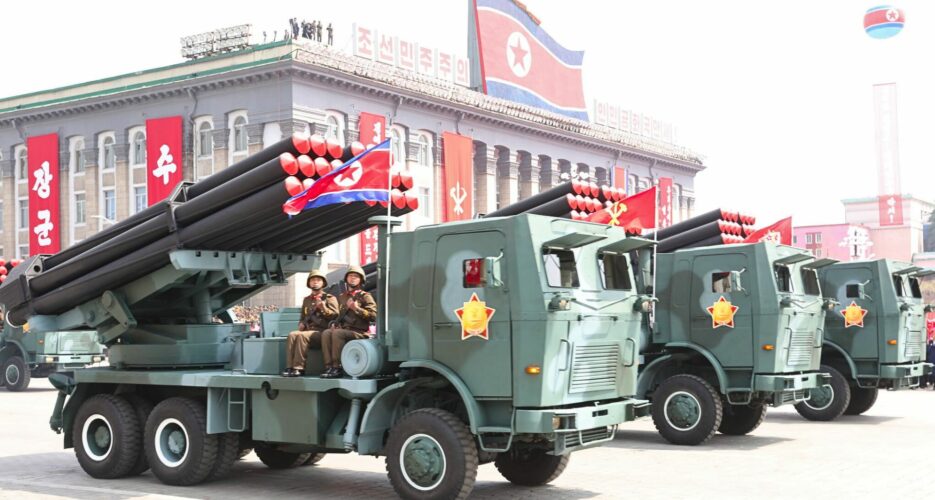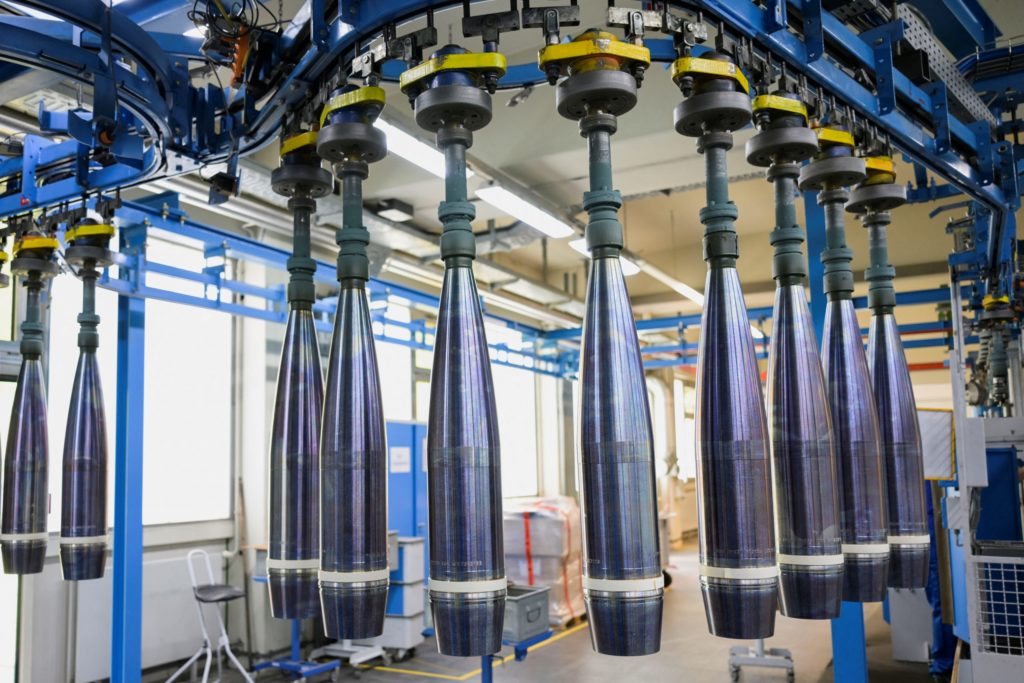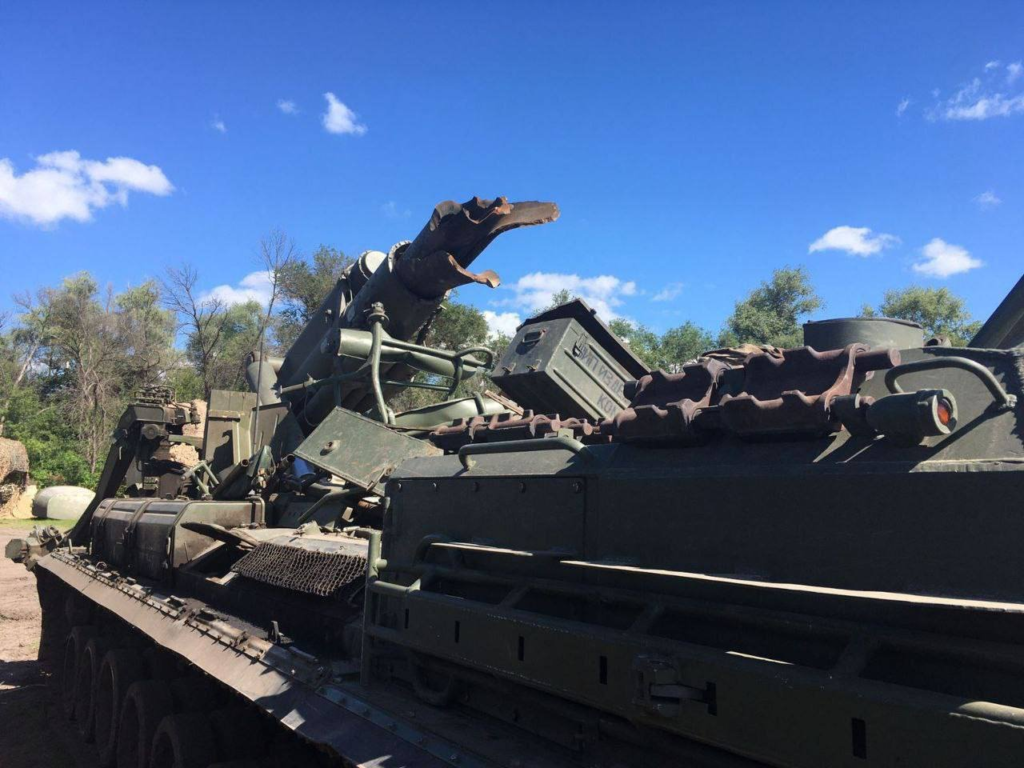WP: Ukraine gets three US-made Patriot systems that can stop Russian ballistic missiles under new deal

Ukraine receives Patriot air defense systems, and it’s just the beginning. The US and its allies have provided the systems under a new scheme in which European nations foot the bill for American weapons supplied to Kyiv, The Washington Post reports.
US-made Patriot air defense systems are the only weapons in Ukraine that are capable of intercepting Russian ballistic missiles.
Two more is on the way
Germany has already delivered three Patriots. One more is under discussion with the US, while Berlin has pledged to help provide a total of five.
Defense Minister Boris Pistorius has confirmed this during a meeting of Ukraine’s allies, without going into further detail.
In the first half of 2025, 6,754 civilians in Ukraine were killed or injured, the highest number for a six-month period since 2022, the UN reports. In July alone, Russia launched at least 5,183 long-range munitions at Ukraine, including a record 728 drones on 9 July. Kyiv, Dnipro, Kharkiv, and the port city of Odesa have been hit hardest in recent weeks.
Ukraine aims for ten systems
Kyiv is aiming to receive ten Patriots under the new arrangement. Some batteries could even come from outside NATO. For instance, Switzerland has agreed to redirect five systems it had previously ordered to Ukraine, and will receive its own later.
Under the new scheme, Ukraine will also receive advanced radars, electronic warfare systems, drone interceptors, and artillery platforms, according to two informed officials.
Long-range missiles? Germany says no, the US still weighing options
Meanwhile, the issue of long-range weapons remains unresolved. Germany has already ruled out supplying Taurus cruise missiles. The US has not provided a clear signal. NATO officials are not ready to confirm that such transfers will not happen in the future, despite US President Donald Trump’s refusal.







